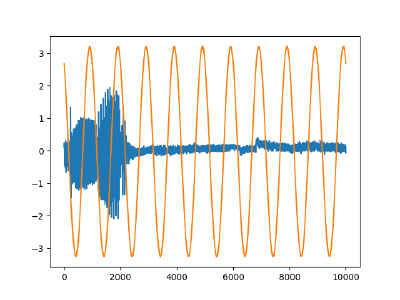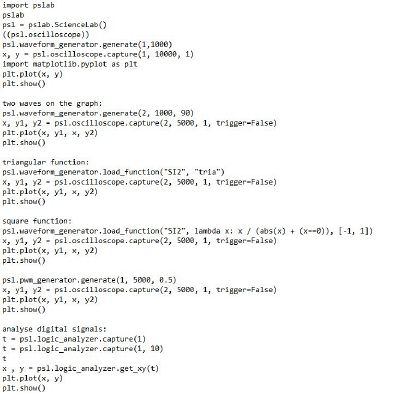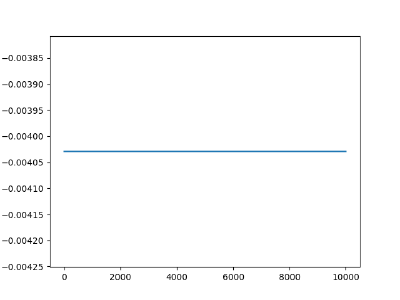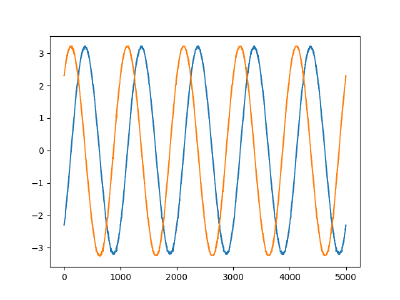No edit summary |
No edit summary |
||
| Line 2: | Line 2: | ||
'''Introduction''' | '''Introduction''' | ||
Within the framework of the Workshop, Dr. Katja Bühler introduced us to the interesting world of living organisms in the form of a presentation. | |||
'''DIY vinegar mother''' | '''DIY vinegar mother''' | ||
The first active task of the day was to put into practice the newly acquired knowledge about fermentation used in the food industry and to prepare our own vinegar mother. | The first active task of the day was to put into practice the newly acquired knowledge about fermentation used in the food industry and to prepare our own vinegar mother. Even after they were made, we monitored and documented the life and development of our mixture. | ||
<gallery> | <gallery> | ||
| Line 16: | Line 16: | ||
'''Colorful nature''' | '''Colorful nature''' | ||
The purpose of the next activity was to collect samples of plants and objects in our environment so that we could grow the living organisms found on them in petri dishes. As a result, | The purpose of the next activity was to collect samples of plants and objects in our environment so that we could grow the living organisms found on them in petri dishes. As a result, colonies of very different sizes, shapes, textures and colors were obtained in the petri dishes, whose development was also monitored and documented in the BioLab. | ||
<gallery> | <gallery> | ||
Revision as of 13:36, 16 February 2023
Workshop on biofilms with Katja Bühler
Introduction
Within the framework of the Workshop, Dr. Katja Bühler introduced us to the interesting world of living organisms in the form of a presentation.
DIY vinegar mother
The first active task of the day was to put into practice the newly acquired knowledge about fermentation used in the food industry and to prepare our own vinegar mother. Even after they were made, we monitored and documented the life and development of our mixture.
Colorful nature
The purpose of the next activity was to collect samples of plants and objects in our environment so that we could grow the living organisms found on them in petri dishes. As a result, colonies of very different sizes, shapes, textures and colors were obtained in the petri dishes, whose development was also monitored and documented in the BioLab.
Buffet of fermented foods
We were invited for lunch, where only food prepared by fermentation was on the table, and we were surprised to see how much this natural process has an impact on our lives.
The invisible life of bacteria
The video shows how slime mold spreads, thrives and dies as it webs through its surroundings in search of nutrients. The work translates our observations in the laboratory into a hand drawn animation.
Workshop Pocket Science Lab (PSLab): Measurements and Robot Controls with Marco Antonio Gutierrez and Mario Behling
Introduction
During this workshop in January, we learned about the PSLab - Pocket Science Lab -, which is an open-source project. A small hardware extension board enables the collection of measurements and data with the phone or PC through different sensors.
PSLab can function as a:
Oscilloscope I Multimeter I Logic Analyzer I Wave Generator I Power Source I Accelerometer I Barometer I Compass I Luxmeter I ...
Sensor experiments
After learning about the functions and possibilities we started experimenting by connecting the PSLab sensors to the PC and giving commands in Python.
We were using the board as an oscilloscope to graphically display varying electrical voltages. For that, we connected two points on the device and changed the script to generate waves with different characteristics.
first setting: the waves are not visible, and the spectrum needs to be adjusted
adjusted waves
measuring two inputs
changing the displayed wave type
comparing the results to a living organism - ourselves-. Displaying the electrical voltages in our fingers.
conclusion
The experiments during the workshop are showing a small piece of the possible measurements with the small device of PSLab. For the results above only one sensor was used out of hundreds of existing options. The device allows us to understand the invisible factors of our environment without a laboratory or expensive devices. Besides collecting information, like humidity, emissions, sound, or light, the control of servos is also possible. It works as a translator between different mediums, the extracted information can be easily converted into an image, video, or sound. The easy control over a robotic arm holds the potential for quick testing of ideas and sketches, resulting in a high variety of complex artistic outcomes.
































